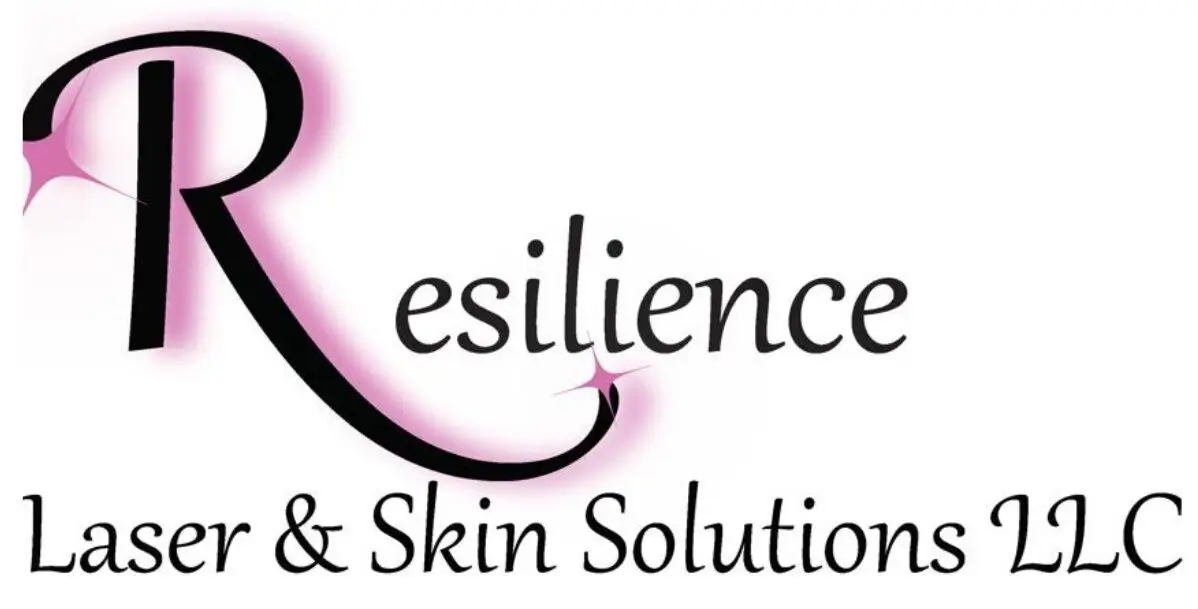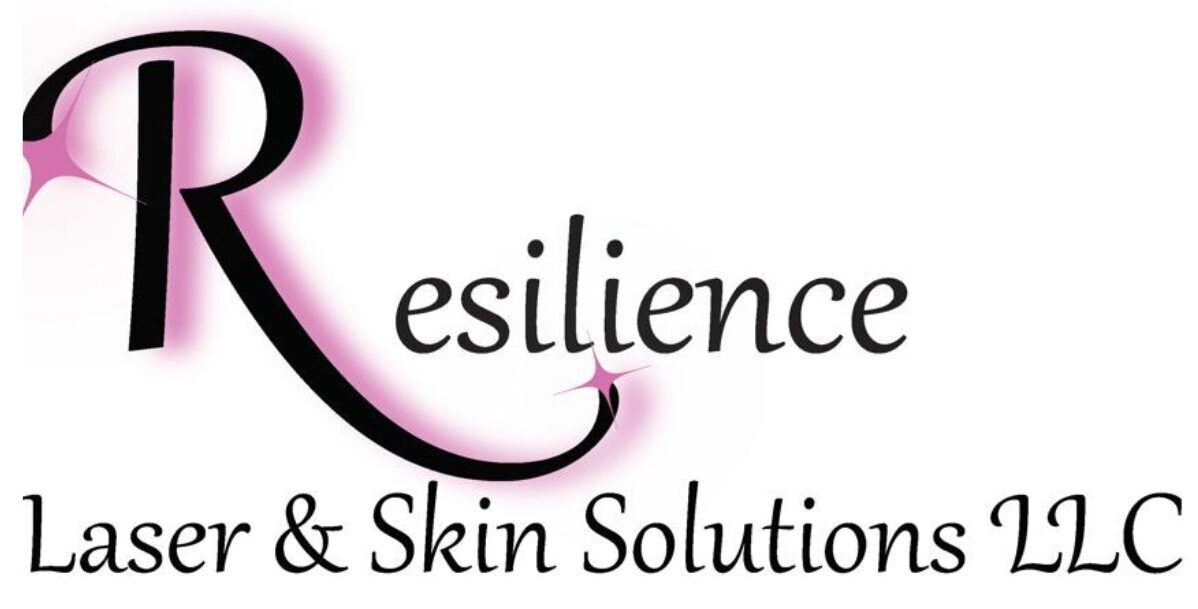If you’ve ever wondered how some people get smooth, glowing skin, the answer might be chemical peels. These treatments remove the top layer of skin to reveal fresher, brighter skin underneath. Chemical peels can improve acne scars, dark spots, wrinkles, and rough patches. But not all peels are the same. Choosing the right type for your skin is important.
Chemical peels work by applying a special acid solution to your face. This sounds scary, but it’s safe when done right. The peel removes dead skin cells, helping your skin renew itself. Some peels are light and only work on the surface. Others go deeper and fix more serious skin issues. Let’s explore how these peels work and which type is best for you.
How Do Chemical Peels Work?
Your skin has several layers. A chemical peel works by taking off the top layer (or more), depending on the strength. This triggers your body to build new skin cells. The new skin looks smoother and more even.
There are three main types:
- Superficial (Light) Peels: These only affect the top layer of skin. Great for a fresh glow.
- Medium Peels: These go deeper, helpful for scars and sun damage.
- Deep Peels: These go the deepest. They’re used for big skin problems, but need more healing time.
Types of Chemical Peels
Alpha Hydroxy Acids (AHAs)
These include glycolic and lactic acid. They are light peels and are great for dry or dull skin. You might feel a small tingle, but there’s usually no downtime.
Beta Hydroxy Acids (BHAs)
Salicylic acid is the most common BHA. This type is best for oily skin and acne. It goes deeper into pores and removes oil.
Trichloroacetic Acid (TCA)
TCA peels are medium-depth. They treat age spots, wrinkles, and scars. Some people use them for melasma or dark patches.
Phenol Peels
These are deep peels. They can treat deep wrinkles and scars. But they also need more recovery time and should only be done by a doctor.
Enzyme Peels
These are made from fruits like papaya or pumpkin. They’re super gentle and perfect for sensitive skin.
What’s Your Skin Type?
Knowing your skin type helps you choose the right peel. Here’s a breakdown:
- Oily and Acne-Prone: You likely get blackheads, pimples, or large pores.
- Dry or Sensitive: Your skin feels tight, gets red easily, or flakes.
- Uneven Skin Tone: You have dark spots, sun damage, or patches.
- Mature Skin: Wrinkles, fine lines, and loose skin are signs.
- Dark Skin Tones: Needs special care to avoid hyperpigmentation.
Best Chemical Peels by Skin Type
| Skin Type | Recommended Peel Type |
| Oily/Acne-Prone | BHA (Salicylic Acid) |
| Dry/Sensitive | Lactic Acid, Enzyme Peels |
| Uneven Skin Tone | Glycolic, TCA |
| Aging/Mature Skin | TCA, Phenol |
| Darker Skin Tones | Mandelic Acid, Jessner’s |
At-Home vs. In-Clinic Peels
At-home peels are usually light and safe for beginners. They use mild acids and don’t cause peeling like stronger peels. In-clinic peels are stronger and give better results, but they also need a pro to apply them.
If you’re new to peels, start at home. Use them once a week and follow the instructions. If you want major skin changes, like scar removal or wrinkle repair, go to a licensed dermatologist.
Pre- and Post-Peel Care Tips
Before a peel:
- Don’t wax or shave your face.
- Stop using retinol 2–3 days before.
- Cleanse your face gently.
After a peel:
- Use sunscreen every day.
- Avoid the sun as much as possible.
- Keep your skin hydrated with a gentle moisturizer.
- Don’t pick at peeling skin.
Risks and Who Should Avoid Peels
Chemical peels are usually safe, but they’re not for everyone.
Common side effects include:
- Redness
- Dryness
- Peeling
- Tingling or burning feeling
Avoid peels if you:
- Have open wounds or infections
- Are pregnant (check with your doctor)
- Use certain acne meds like Accutane
- Have super sensitive skin without testing first
Final Thoughts: How to Choose the Right Peel
If you want brighter skin, fewer breakouts, or a more even tone, chemical peels can help. Start by knowing your skin type. Then, choose the peel that fits best. Don’t go straight to deep peels. Begin with something light and see how your skin reacts.
Talk to a skin pro if you’re unsure. They can help you find the perfect treatment. And remember—good skin doesn’t come from one treatment. It’s about steady care.
FAQs About Chemical Peels
Do chemical peels hurt?
You might feel a little stinging or burning, but it shouldn’t be painful. Deep peels can be more uncomfortable, and you may need numbing.
How often can I get a chemical peel?
Light peels can be done every 2–4 weeks. Medium peels every few months. Deep peels are usually done once.
Can I wear makeup after a peel?
Wait at least 24–48 hours, or until peeling stops. Always ask your doctor.
Will my skin actually peel?
Not always. Some light peels won’t cause peeling at all. Others may cause flakes or full shedding, depending on the strength.
Can people with dark skin get chemical peels?
Yes—but carefully. Choose peels like mandelic acid and see a dermatologist to avoid pigmentation problems.



Leave Your Comment